OPINIONS: Potential Adams Memorial Park on Lakeview Drive
COMMUNITY COMMENTARY
by Janet Preston
To sell or not to sell? That is the question you will be asked in Article 25 on China’s June 8 ballot. The property in question is on tax map 63, lot 008, located on the west side of Lakeview Drive, across from The Cabins.
Q: How did the town come to own the property?
A: The property was donated to the Town of China in 2016, when China residents voted to accept the land. The previous owners had separated the land from the cabins on the lakefront in order to subdivide it (see map) and sell individual lots separately. They were unable to sell any of the lots (it is very wet and not easily developable), and decided to offer it to the town.
Q: How big is the property?
A: The land is approximately 40 acres. The map shows the planned subdivision, which has expired. The property extends from Lakeview Drive all the way east to Hunter Brook.
Q: If we vote “no” and keep the land, what will become of it?
A: The land belongs to the taxpayers, so it makes sense to do something that serves the community. If the voters decide to keep the property, I would propose creating a park with a roadside picnic area and a system of walking trails throughout the property.
Q: What would we call it?
A: I would propose that we name it Adams Memorial Park after Albert and Muriel (“Mother”) Adams, who owned the land and ran Candlewood Cabins for almost 40 years. They were beloved members of the community and very involved and supportive of youth activities.
Q: How would we pay for creating this public area?
A: All the funding would come from TIF District funds and Maine grants.
TIF funds may be used for “Costs associated with the development and/or maintenance of new or existing recreational trails with significant potential to promote economic development. TIF Revenues may be applied to the design, construction, safety, handicap accessibility and ongoing maintenance of a trail system within China … The goal is to develop a recreational trail system which will be eventually interconnected within the Town…”
Also, among the numerous Maine grants designed to increase outdoor activity, the Recreational Trails Program (RTP) provides funds through the Maine Bureau of Parks and Lands to develop and maintain recreational trails. (https://www.maine.gov/dacf/parks/grants/recreational_trails_program.shtml)
Q: How will a park help our community?
A: Green spaces have a significant positive effect on people’s health, the environment, and the economy.
Health: Outdoor exercise and experiences are good for us. Maine people know this and appreciate getting out in the fresh air in all seasons.
Environment: Vegetated and unpaved areas provide a free and efficient way of storm water collection, which is a huge environmental concern for China. Hunter Brook flows into China Lake, so protecting the property near the brook helps to protect water quality in the lake.
Economy: Studies have shown that public green spaces provide a net economic gain to a community. People driving through China would see an appealing place to stop, stretch their legs, or have a picnic. They will buy food and other items at our businesses, and they might even decide to move here because of the variety of recreational opportunities. The 2020-2024 Maine State Comprehensive Outdoor Recreation Plan (SCORP) recognizes and highlights that “outdoor recreation is a major engine of economic activity and an incredible asset as communities strive to be healthy, vibrant places where people are excited to live, work, and play.”
Q: We already have two parks – Thurston Park and the China School Forest. Why do we need another one?
A: This past year of COVID restrictions has inspired people to become more active outdoors. Thurston Park and the China Forest are wonderful resources for that purpose. However, the number of trails in these parks is limited, and as the town grows, we will need more trails to accommodate our outdoor recreational needs. One of the goals in China’s comprehensive plan is to “expand opportunities in parks, possibly through non-sport activities for adults, community gardens, and more community events.” Also, neither of these public spaces is visible from the road. The Lakeview Drive property has the potential to provide a visible, aesthetically pleasing green space with a view of China Lake.
Q: If we vote “yes” and sell the land, what will become of it?
A: We don’t know. Someone could buy the land and keep it as it is, or someone could develop it. If the town doesn’t own it, then we have no control over what becomes of it.
Q: How much tax revenue would the sale produce?
A: Revenues from taxes on the property depend on how the new owner uses it. Currently, the assessed value of the undeveloped land is $65,600. Based on the current mil rate, the taxes collected would be anywhere from about $970 (as is) to $40,000 (with a 13-lot development). A $20,000 addition to the town’s tax revenue amounts to about $5.75 per taxpayer. Of course, new development brings new costs as well, so any additional tax revenue would likely be absorbed by these or other costs.
Q: The Narrow Gauge snowmobile trail crosses the property. Will snowmobiles still be allowed to pass through the land? Will hunting still be allowed on the property?
A: If the town maintains ownership, then hunters and snowmobiles would continue to be welcome. If we sell it, the new owner would make that decision.
Personally, I am in favor of the town keeping the property. If we sell it, there is no turning back, and the public land is gone forever. If we keep it, we would have a nice tribute to the Adams family and a park that China residents could enjoy for generations to come.
If you have additional questions or would like to walk the property, please email me at janet.preston@chinamaine.org.


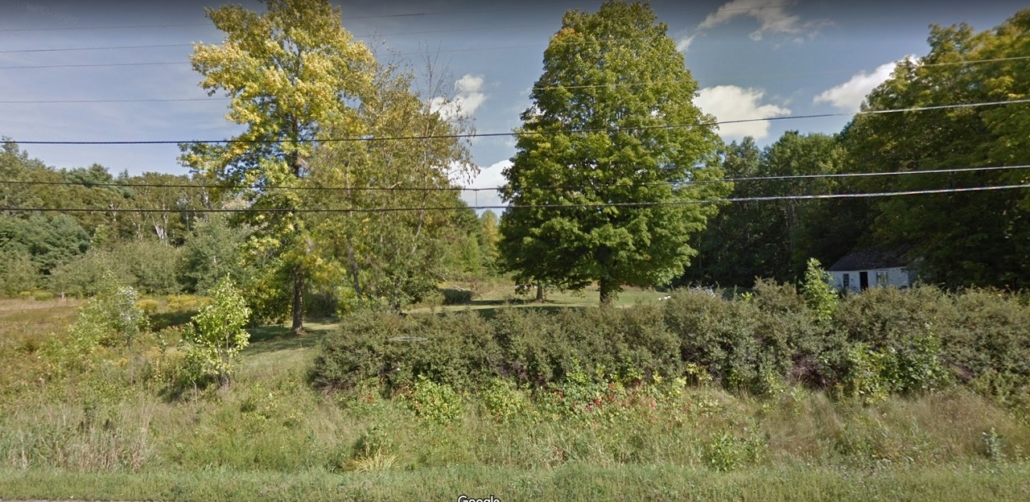
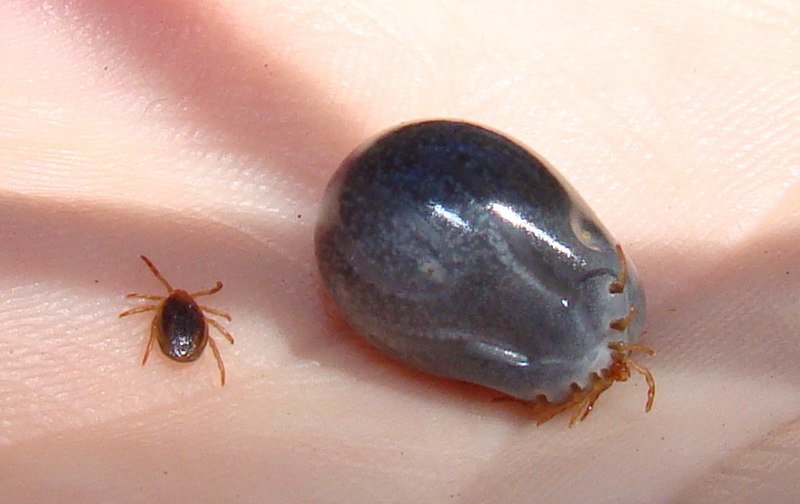

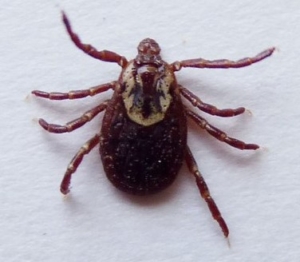







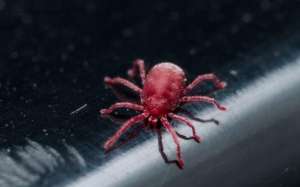
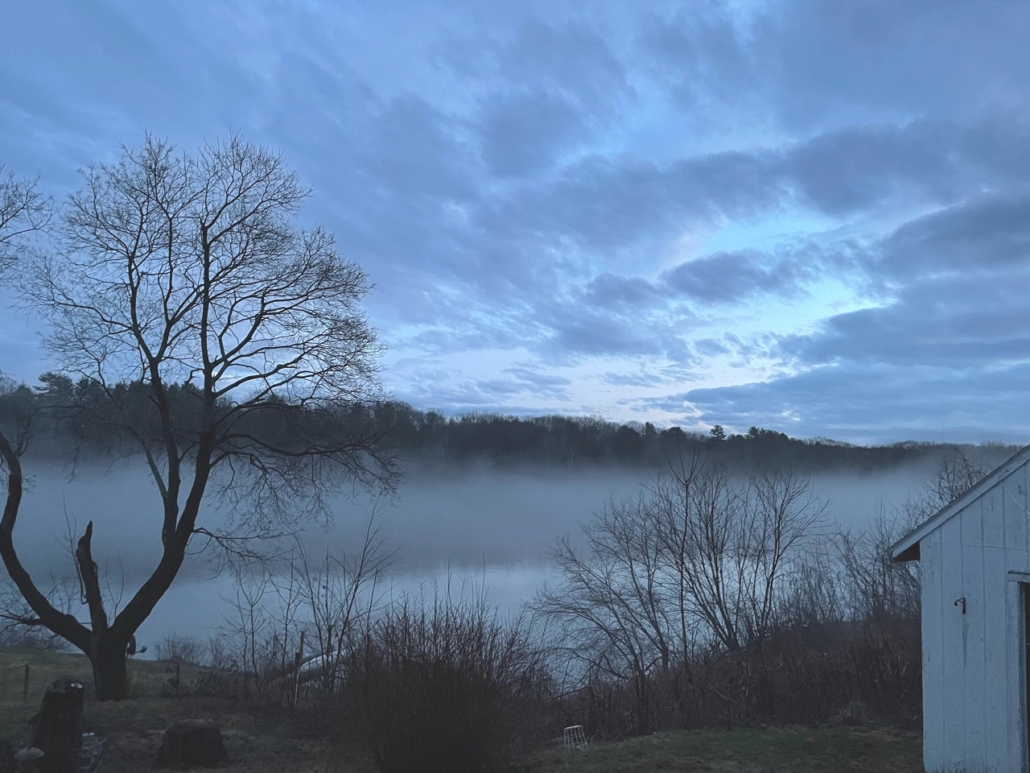
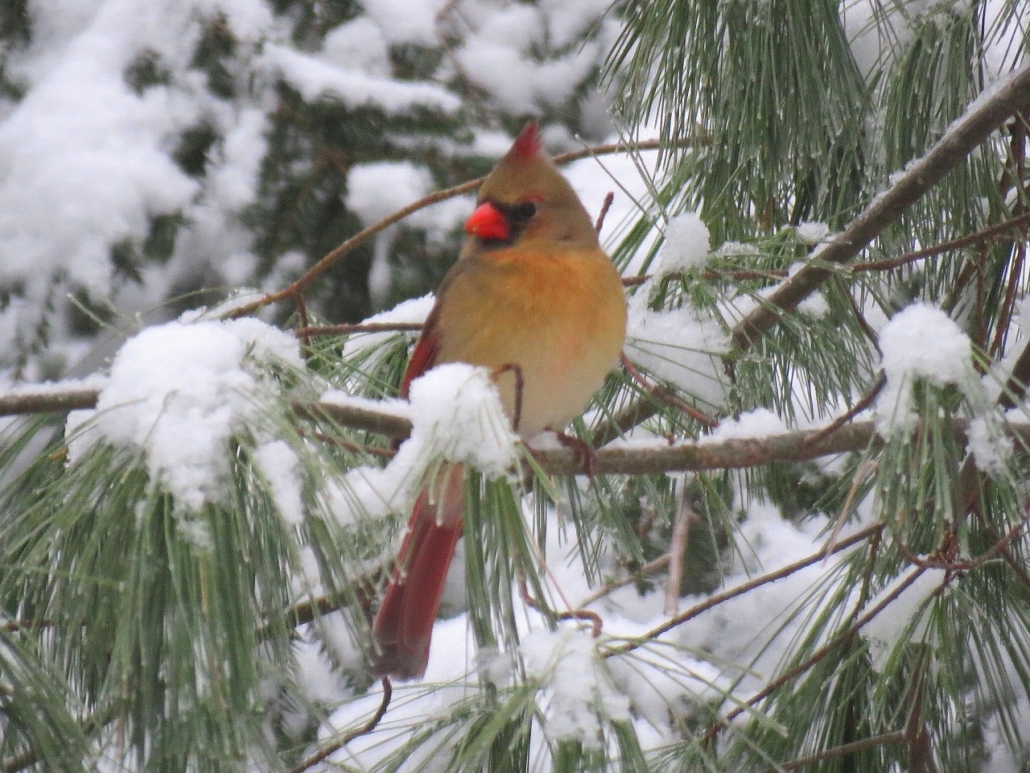
 Home health aides are professionals who can help with self-care, housework, cooking and more. They might also perform some basic medical tasks. Home health aides sometimes have medical training, so they might be certified nursing assistants (CNAs) or licensed practical nurses (LPNs). However, there aren’t any specific standards requiring a home health aide to have particular training or certification. If you’re looking for someone to help with any medical-related tasks, ask about certifications when choosing your provider. Medicare or Medicaid might pay for help from a home health aide.
Home health aides are professionals who can help with self-care, housework, cooking and more. They might also perform some basic medical tasks. Home health aides sometimes have medical training, so they might be certified nursing assistants (CNAs) or licensed practical nurses (LPNs). However, there aren’t any specific standards requiring a home health aide to have particular training or certification. If you’re looking for someone to help with any medical-related tasks, ask about certifications when choosing your provider. Medicare or Medicaid might pay for help from a home health aide.